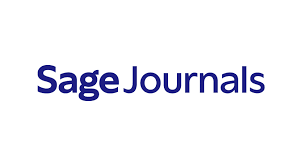A recent study claimed a gender citation gap exists across all international relations journals. This paper reexamines the same data, finding evidence suggests this gap is largely limited to elite papers—those with very high citations or appearing in top-tier journals.
Data & Methods
Reanalyzed findings from previous widely-discussed IR research study.
* Focus on defining "elite" articles through citation distribution and journal prestige.
Key Findings
Female authors publish highly cited work, but the gap emerges only at top levels. The disparity appears when comparing papers within the highest-cited subset of international relations literature.
* Elite status defined by either extreme citations or publication venue.
Rethinking Original Recommendations
The original paper's suggestion for gender citation gap implications in academia requires careful reconsideration. This reanalysis highlights that factors shaping elite recognition might be more influential than gender itself.
* Potential overemphasis on the "gap" without proper context.
Conclusion & Caveat
More nuanced data is needed to fully grasp whether a gender citation gap exists beyond elite publications and what drives papers into this category.







